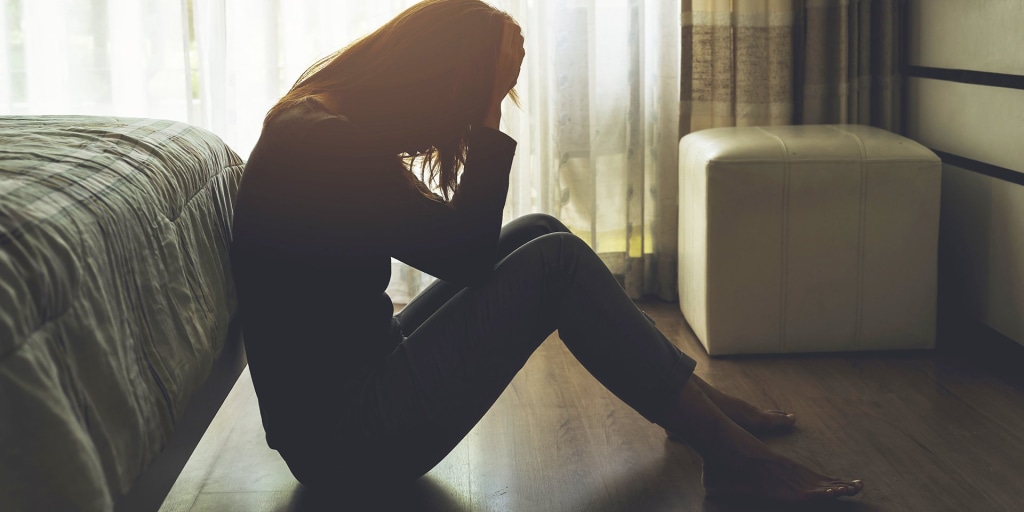
According to a new Gallup research, depression is more prevalent than ever in the United States.
Around 18% of Americans – more than one in every six – reported being sad or receiving treatment for depression, a more than 7 percentage point increase from 2015 when Gallup first began polling on the topic.
According to the poll, nearly one in every ten persons has been clinically diagnosed with depression at some point in their lives, which is also a record high.
The Covid-19 pandemic had a significant impact on mental health. Clinical depression rates have been slowly rising in the United States, but have “jumped notably” in recent years, according to Gallup statistics.
“The fact that Americans are more depressed and struggling after this time of incredible stress and isolation is perhaps not surprising,” said Dr. Rebecca Brendel, president of the American Psychiatric Association, which was not involved in the new research. “There are lingering effects on our health, especially our mental health, from the past three years that disrupted everything we knew.”
However, experts believe that increased awareness of mental health issues may lead to an increase in diagnoses, which is a good thing.
“We’re making it easier to talk about mental health and looking at it as part of our overall wellness just like physical health,” Brendel said. “People are aware of depression, and people are seeking help for it.”
She believes that younger generations are more receptive to discussing mental health issues. However, the Covid-19 pandemic disturbed critical times of development for young adults, potentially making them more vulnerable to the causes of depression.
Depression Rates: Disparities among young adults, women, and minority groups
According to a Gallup study, young adults had higher rates of depression than any other age group, with the most recent increase. Almost a fifth of adults under 30 are currently depressed.
Women have much greater lifetime rates of clinical depression, with rates rising twice as quickly as men. More than one-third of females said they had been diagnosed with depression at some point in their life, compared with about a fifth of men, according to the survey.
In addition, for the first time, lifetime rates of clinical depression among Black and Hispanic individuals equaled or exceeded those of White persons.
“Depression has many different presentations. The connection to cultural norms and belief systems is something that APA and others have been paying a lot more attention to in recent years,” Brendel said.
As the need for mental health care grows, the United States faces a significant shortage of clinicians
A Cultural Formulation Interview was recently included in the Diagnostic and Statistical Manual of Mental Disorders, the formal reference for clinical assessment of mental health issues, to assist keep unique experiences at the forefront.
However, as the need for mental health care grows, the United States faces a significant shortage of clinicians. According to data from the Health Resources and Services Administration, the United States requires more than 8,000 mental health practitioners to fill gaps.
There are numerous treatment alternatives available, including primary care physician support and employer benefits.
“Depression is treatable,” Brendel said. “The earlier that we seek help, the more effectively and more rapidly it can help get us back on track.”
